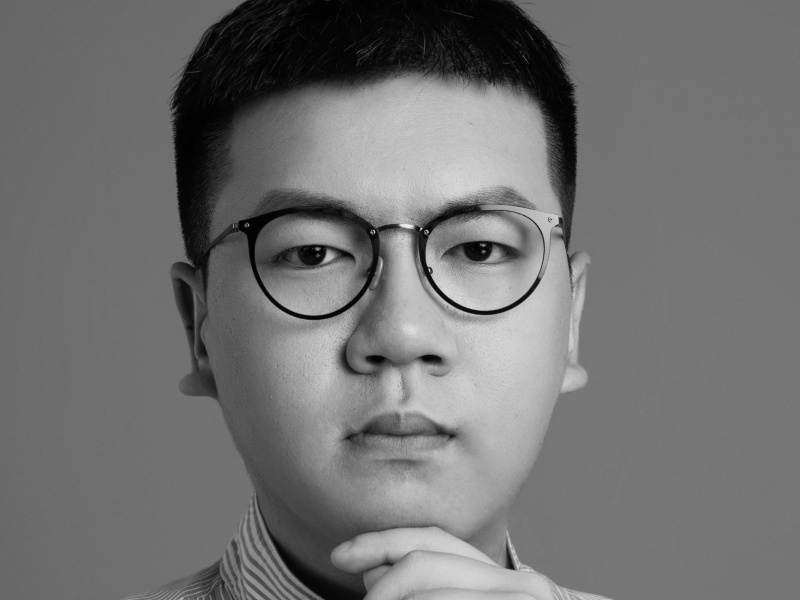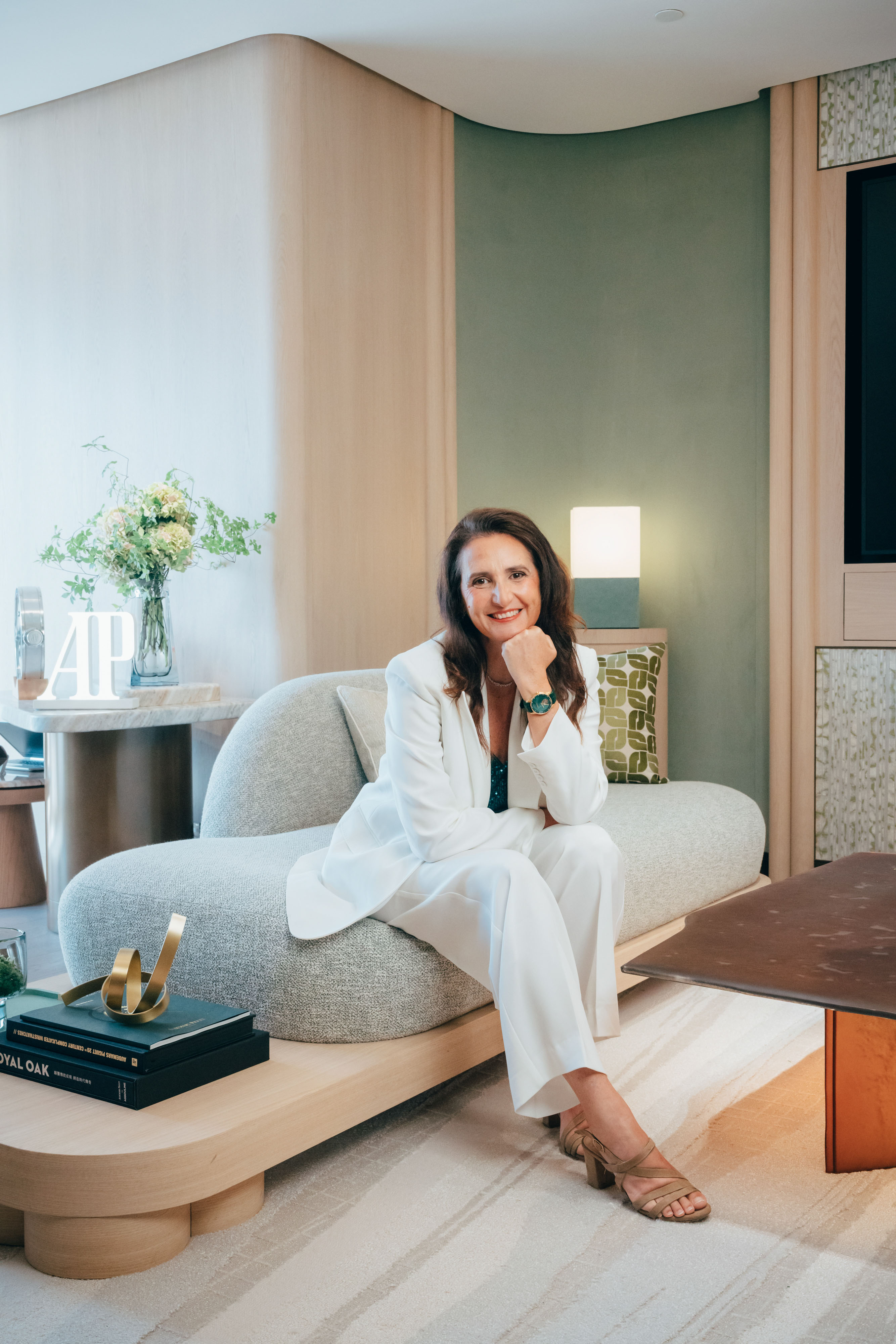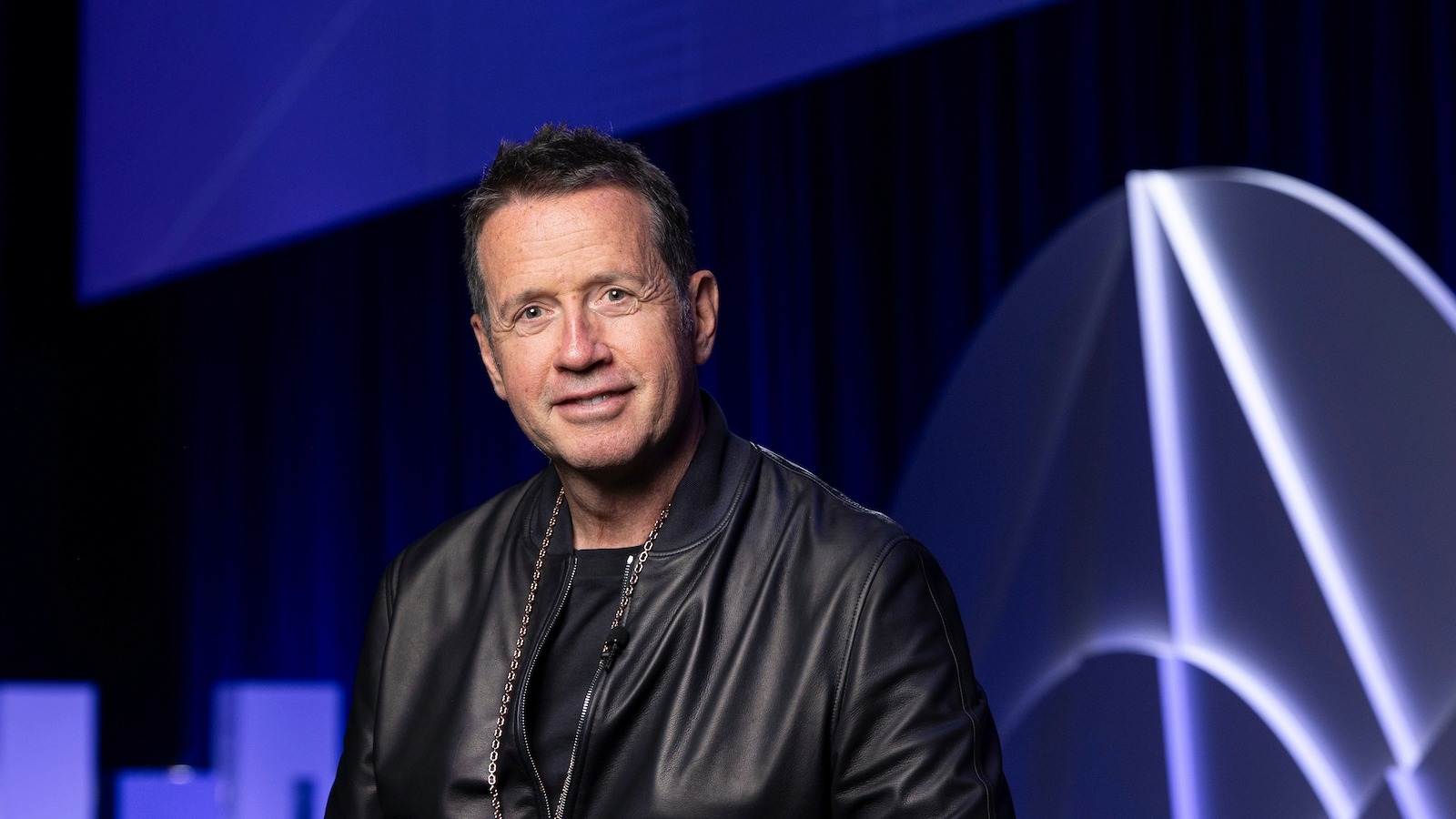Prior to this year’s edition of Luxury Society Keynote, Yann Bozec, President of Tapestry Asia Pacific and President & CEO at Coach China speaks to Luxury Society on China’s evolving luxury landscape and future strategies of the group.

Prior to this year’s edition of Luxury Society Keynote, Yann Bozec, President of Tapestry Asia Pacific and President & CEO at Coach China speaks to Luxury Society on China’s evolving luxury landscape and future strategies of the group.
At the turn of the century, the accessible luxury market gave China's growing middle class access to design and quality beyond mass categories at an affordable price, and this market grew rapidly in its early years. This, however, gradually waned in the face of an evolving market climate and a group of maturing consumers.
Tapestry, the New York-based house of modern luxury accessories and lifestyle brands including Coach, Kate Spade, and Stuart Weitzman has begun to find a new positioning for its portfolio as well as re-examine its sales network and communications strategy in order to re-engage with Chinese consumers after several years of rebranding. In the first quarter of fiscal 2022, which ended on 2 October, the group saw a 65 per cent increase in revenue in mainland China compared to fiscal 2020, pre-COVID.
Yann Bozec, President of Tapestry Asia Pacific and President and CEO of Coach China, will be discussing more about the brand’s inroads in the market with The Business of Fashion’s Casey Hall at the upcoming Luxury Society Keynote. He shares some thoughts on the Chinese luxury landscape as well as the group's future strategies ahead of the conference.
Coach was one of the first global luxury brands that Chinese consumers were introduced to. Since 2014, the company has decided to rebrand itself as a modern luxury and lifestyle brand. How has this new positioning been resonating in the Chinese market?
Having rebranded based on deep insights into the Chinese market, we have seen the development of the country and how consumers have changed in their expectations of brands since Coach first entered the market in 2008. Given the increasing consumption power of Chinese consumers, our new positioning better meets their upgraded demands and diversified preferences, and we are evolving into a more responsive brand through continuous self-refreshment.
We have also noted that younger generations are leading fashion, and they are highly digitally engaged, curious, always looking for new ideas and more like their global contemporaries than ever before. To engage them further, we are developing our social platforms and enriching online experiences. At the same time, we look forward to achieving greater expansion by increasing the investment in the regional market and having deeper communications with consumers to capture the emerging opportunities among the rising middle income group and ever-developing non first-tier cities.
Coach has brought its runway shows to Shanghai several times and has a strong relationship with local creators and artists. How can an international luxury brand localise in China without compromising on its global brand image?
After years of cultivating the Chinese market, China is not only a vital market for us, but also a source of inspiration for brands to seek breakthroughs and innovations. The knowledge and insights of Chinese consumers can always bring a lot of inspiration to brands, and China is becoming a driving force to promote the development of the world's fashion industry.
In December 2018, Coach held its first fashion show in a city outside of New York. The location was chosen in Shanghai, demonstrating the cultural self-confidence represented by "Chinese Design". In June this year, the Shanghai Exhibition Center "transformed" into a retro 70s car theatre, and a world premiere of the Coach Winter series was staged in this special theatre. After half a year, in November this year, Coach brought the latest winter series to the 4th CIIE.
From 2019 to 2020, Coach worked with local Chinese artists and students from Donghua University in Shanghai to jointly launch China Collective I & II.
This April Coach and Donghua University launched the China Cool Collaboration project with young design talents from the university. Besides teachers and guest professors from Donghua University, Coach’s creative design, marketing, retail, merchandise and visual merchandising teams formed the Coaching & Mentoring team and carried out online and offline integrated China Cool design courses. In addition to covering various fields such as product design, marketing promotion, and visual merchandising, the curriculum was designed to generate in-depth discussions with these young students. What is "China Cool"? Why is such a "Chinese fashion lifestyle" or "Chinese story" so exciting? The works of these young designers are full of inspiration and creativity.
Our ongoing efforts to sharpen our focus on the Chinese consumer, who is a key force in global fashion with rapidly evolving preferences that drive innovation globally, has led to meaningful growth in China. We’ve seen benefits from innovative product assortments, enhanced marketing, and expanded reach across both direct channels and third-party online distribution. In fact, China’s rapidly growing online market represents an area of enormous potential. Our digital strategy has been particularly successful in driving innovation through our sales associates, and key opinion leaders in livestreaming events, and the recently launched new e-commerce store on Douyin.
Generation Z is an increasingly important part of our target customer base in China. They are highly digitally engaged, curious, always looking for new ideas and more like their global contemporaries than ever before. In addition, they have significant spending power and a strong passion for brands.
In addition to traditional online sales channels, Coach has established an e-commerce presence on niche e-commerce platforms (such as Dewu) and social platforms (such as Douyin). How should brands decide which platforms to be on and how should the goals differ between different online sales channels?
Leading with a digital-first mindset, we work closely with local partners such as Tmall, Douyin and Dewu to explore the digital market and e-commerce potential. We have modified our retail model and are utilising data to create a more targeted, personal and relevant approach.
Coach was the first luxury brand to enter Douyin. We hope to combine brand building and e-commerce consumption potential and integrate it with Douyin’s huge traffic to further expand consumer channels. Content wise, Coach will engage with its fans on Douyin efficiently, giving consumers easier access to more interesting content and channel experiences, creating a better lifestyle and shopping experience for them.
In May this year, Coach started an in-depth cooperation with Dewu, hoping to further understand the younger generation in China through Dewu and have more conversations with them. At present, the post-90s generation on Dewu accounts for more than 80 per cent of its users.
Coach will also continue to deepen the experiences it creates in terms of content and innovative scenarios to meet the ever-changing needs and preferences of consumers, especially millennials and Generation Z consumers. We are committed to providing customers with immersive experiences.
The effort to develop inbound duty-free channels has also contributed to Tapestry's strong growth in China. What are your thoughts on China's domestic duty-free market? How should brands maintain long-term growth in this channel as travel restrictions loosen?
In recent years, the booming and rapid development of the duty-free market in Hainan has been a wonder to behold. The rise of the Hainan Island Free Trade Zone has not only promoted the steady development of the Hainan International Tourism Consumption Center, but also encouraged us to further expand our presence in the Hainan market and improve our regional planning and development. We have all witnessed the tremendous injection of growth and vitality this has brought to the market. Despite facing the challenges in the past year, the strong resilience and growth potential of China's consumer market has greatly impressed the world. The constant upgrading of Chinese consumer demand and rising standards has brought new trends and opportunities to the market, becoming a powerful driving force for the growth of the global market.
As early as 2014, Tapestry started to focus on the Hainan market and paid close attention to the latest policies and trends of the Hainan Free Trade Port. In recent years, we have witnessed the steady progress of the construction of Hainan's international tourism consumption centre. As the construction of the Hainan Free Trade Port continues to deepen, more and more consumers come to Hainan for tourism and shopping, further promoting the development and upgrading of the consumer market, bringing new momentum to the tourism and consumer industry in Hainan and even China, and also for our development in Hainan and the Chinese market. These opportunities encourage us to continue to expand the tax-free business area, and continue to explore and innovate to meet consumer demand and needs in more diversified ways.

Luxury Society Keynote 2021
Social Commerce 2.0: Value & Services that Drive Conversions
Thursday, 25 November










